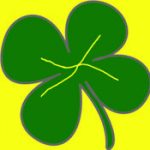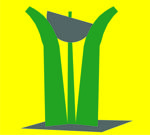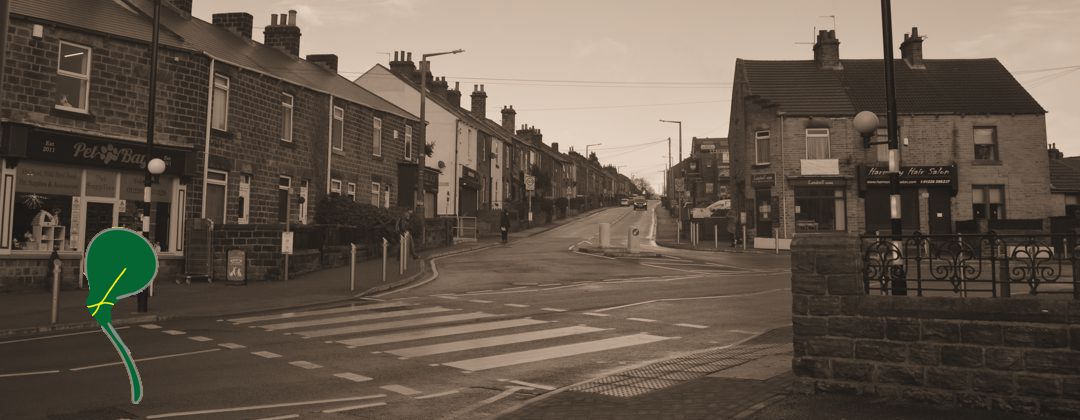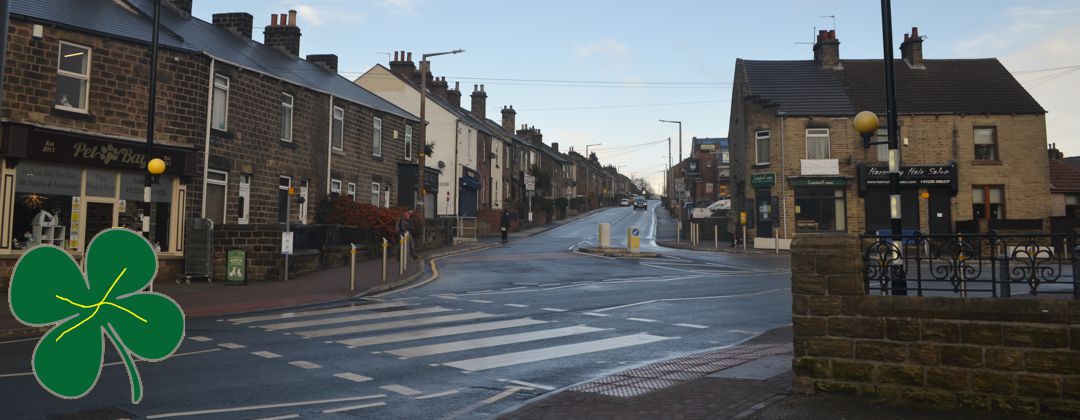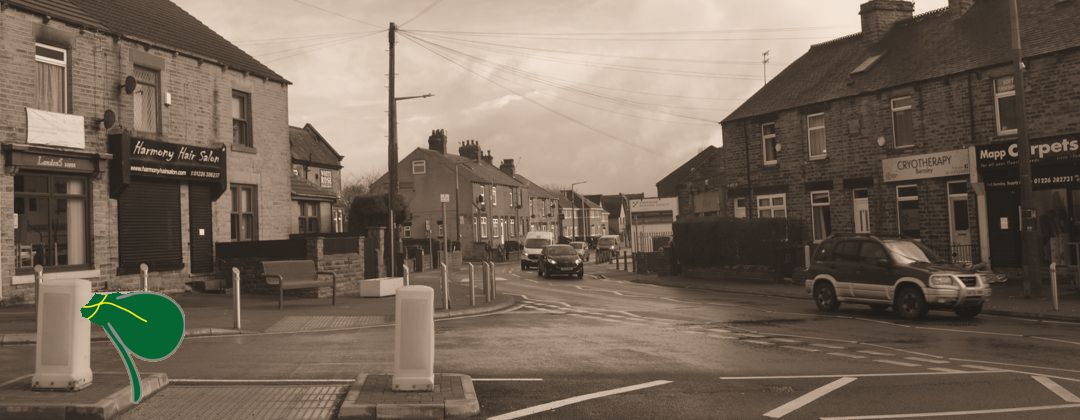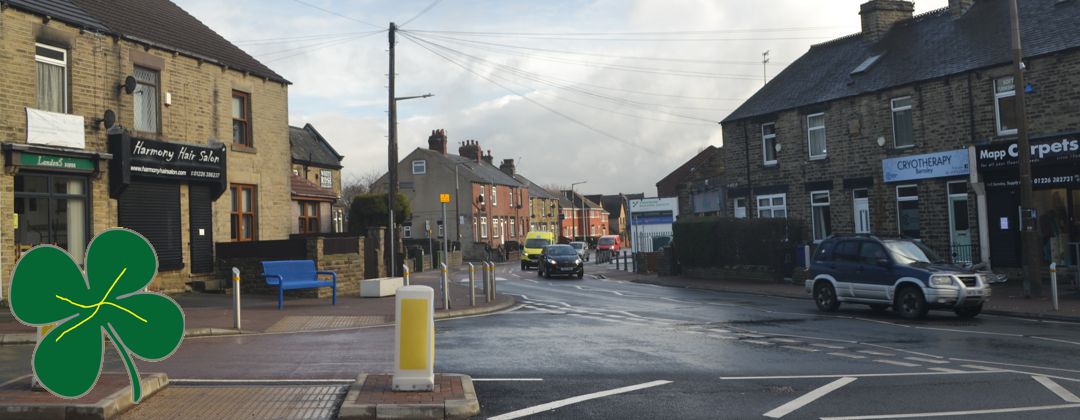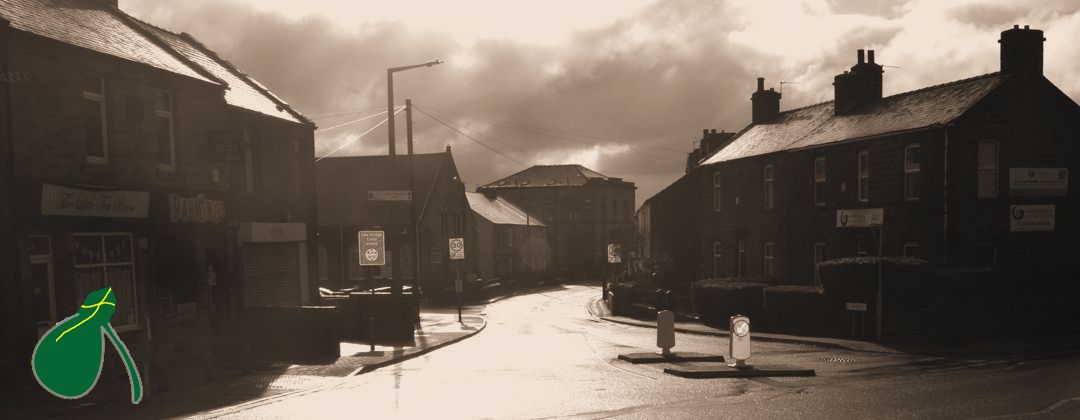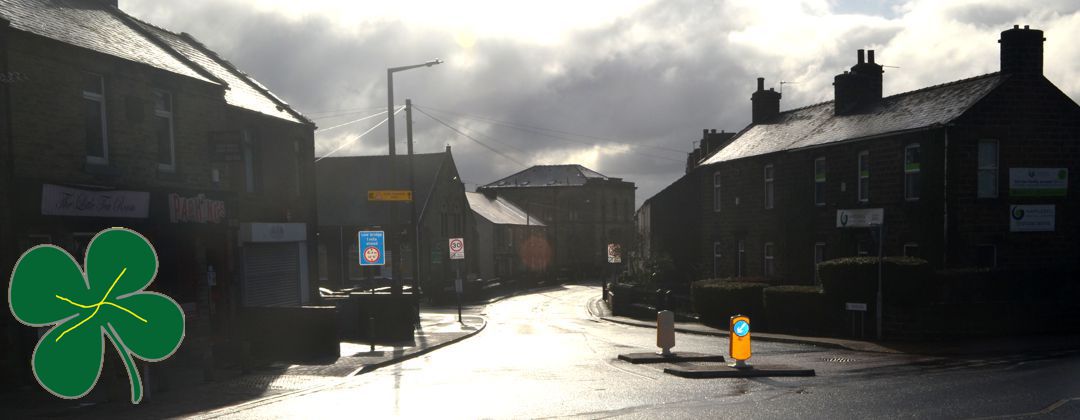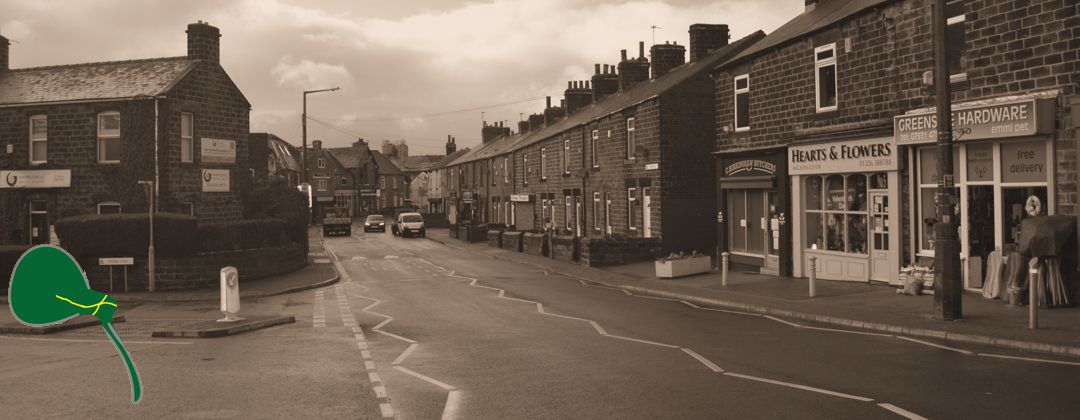Adopting a Mapplewell logo
If you were to describe Mapplewell as a simple image, what would it be?
If we were to ask the same question about some of the world’s biggest business names, then you would most probably visualise their logo or trademark from Nike’s “swoosh” symbol to the golden arches of McDonalds. It is for this reason that the world’s largest companies take great care of their logos.
So Why is a logo important?
“Because it grabs attention, makes a strong first impression, is the foundation of your brand identity, is memorable, separates you from competition, fosters brand loyalty, and is expected by your audience.”
(As an aside, if you ask 10 people to describe Mapplewell as a simple image, you would most likely get 10 very different answers)
This type of instant recognition is the holy grail for a business. Which is why the world’s multinational companies can spend millions on their logos – like UK oil group BP, which back in 2000 spent £136m introducing its current sunflower design. Other firms of a similar size, whose logo is simply their name written out in a stylised way, can spend hundreds of thousands on a new font, or a different colour. It is said that the BBC paid $1.8 Million for their ‘box’ design and even cities and towns will invest in a good design (2012 Olympics is said to have paid £400,000 for their logo).

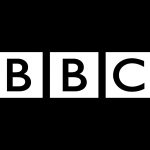


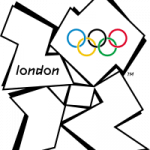
But how easy is it for a business to pick a good logo, and how important is it at the end of the day?
Slow Romance
When you are presented with a design for a new logo that is immediately likeable, it should resonate with your values and have some ‘base’ against what you’re trying to represent. According to Sagi Haviv, partner at New York graphic design firm Chermayeff & Geismer & Haviv (CGH), “It’s never love at first sight,” he claims. “A good logo, a good trademark, gains meaning and power over time.” CGH has been responsible for some of the most recognisable US business logos of the past 50 years, such as Chase Bank, National Geographic, Mobile, NBC and HarperCollins.
We remind our clients – and we open every presentation with a slide that says – it’s never love at first sight,” he says.
For Mr Haviv there are three essentials to a good business logo: “it must be appropriate to the business; it must be memorable; and it must be uncomplicated in form.” But some of his own firms’ clients had to be dragged kicking and screaming towards accepting what have since become some of the world’s best-known logos.
(to read the whole article https://www.bbc.co.uk/news/business-32495854 )
We also have an additional complication, that if we are to use a logo to promote ‘Mapplewell’, it should be able to work alongside other business logos and be used in many different types of format.
Based on History
The first logo design was taken from the sculpture outside the Mapplewell & Staincross Village Hall. It relates to the nail making history of both Mapplewell and Staincross (see About us – History). The three pillars are the hand made ‘nails’ and the bowl on top represents the nail forge. There are a number of logos in Mapplewell that use the green colour and I opted for the yellow of the primary school as well as a generic grey. As a stand alone image it is ‘unique’ (which is important for a logo) but possibly too unidentifiable by anyone not familiar with the past.
It does also have the slight appearance of an ‘M’ as in Mapplewell

